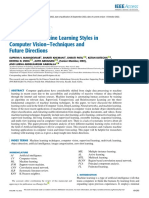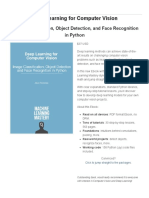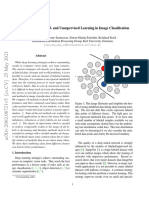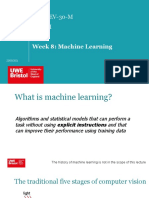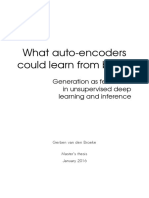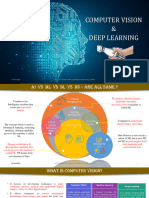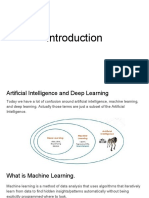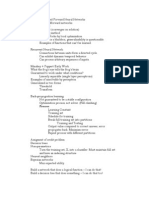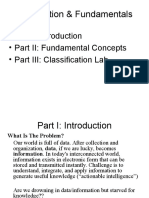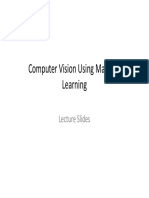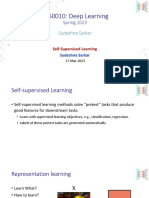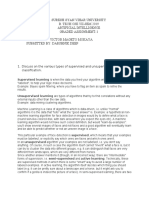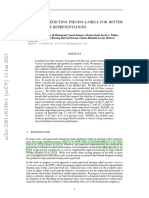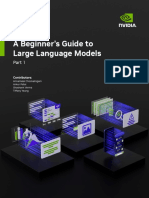0% found this document useful (0 votes)
21 views15 pagesA Guide To Self-Supervised Learning in Computer Vision
The document discusses self-supervised learning methods in computer vision, highlighting their importance in addressing issues related to unlabeled data. It covers techniques such as contrastive learning and contrastive predictive coding (CPC), explaining how these methods can enhance representation learning and reduce the need for extensive labeled datasets. Additionally, it introduces instance discrimination methods as an advancement in self-supervised learning approaches, emphasizing their application in computer vision tasks.
Uploaded by
eshangujarathi15Copyright
© © All Rights Reserved
We take content rights seriously. If you suspect this is your content, claim it here.
Available Formats
Download as PDF, TXT or read online on Scribd
0% found this document useful (0 votes)
21 views15 pagesA Guide To Self-Supervised Learning in Computer Vision
The document discusses self-supervised learning methods in computer vision, highlighting their importance in addressing issues related to unlabeled data. It covers techniques such as contrastive learning and contrastive predictive coding (CPC), explaining how these methods can enhance representation learning and reduce the need for extensive labeled datasets. Additionally, it introduces instance discrimination methods as an advancement in self-supervised learning approaches, emphasizing their application in computer vision tasks.
Uploaded by
eshangujarathi15Copyright
© © All Rights Reserved
We take content rights seriously. If you suspect this is your content, claim it here.
Available Formats
Download as PDF, TXT or read online on Scribd
/ 15


